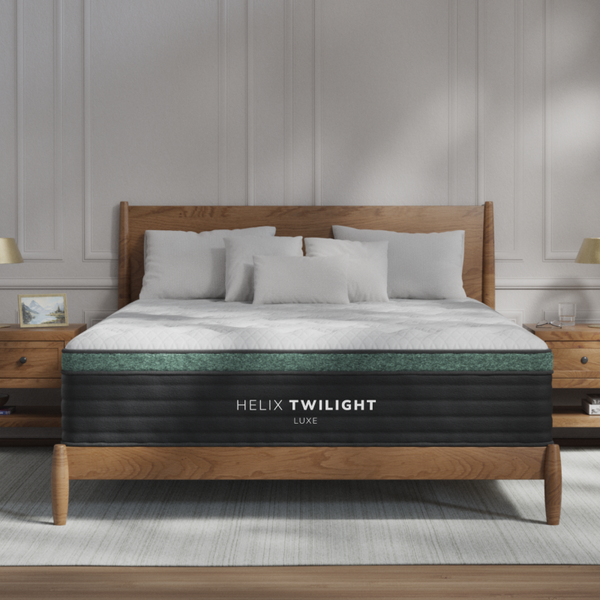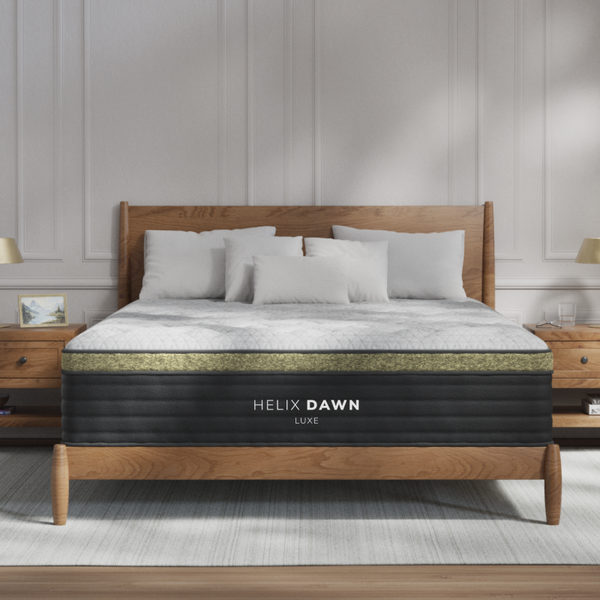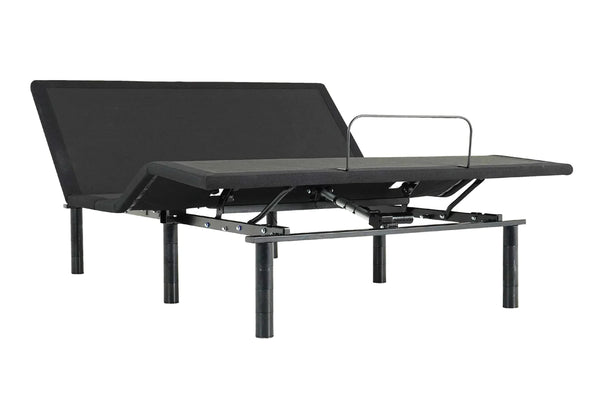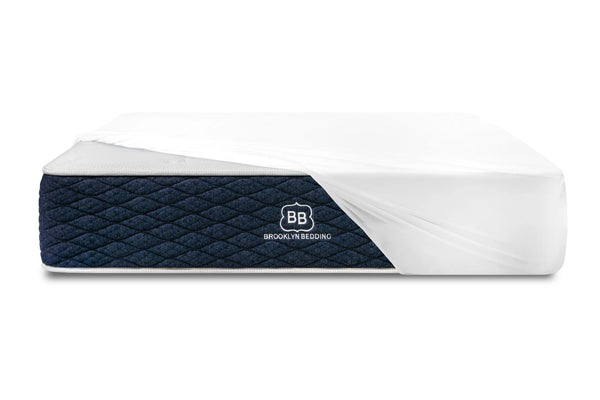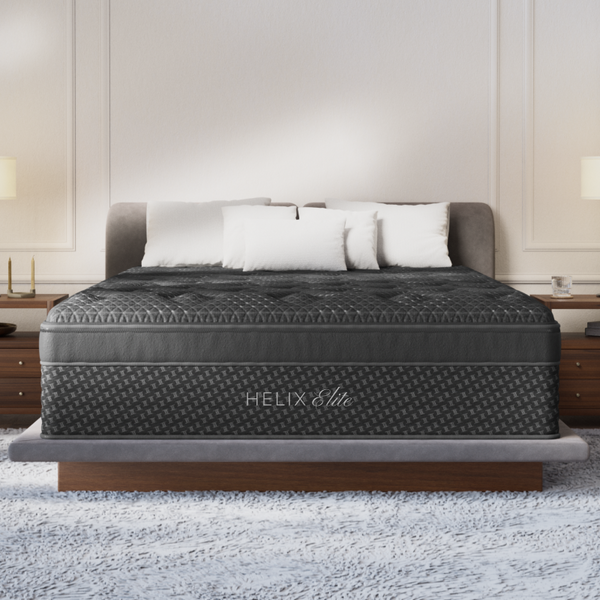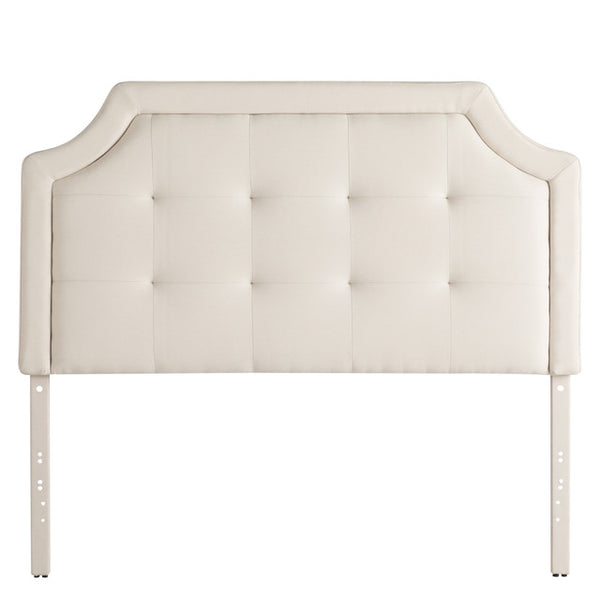
Frequently Asked Questions
1. Why is choosing the right mattress important?
2. What are the primary sleep styles to consider when choosing a mattress?
3. What factors should I consider when selecting a mattress?
4. How can I effectively test a mattress before purchasing?
Choosing the right mattress is crucial for a great night's sleep and overall well-being. With the myriad of options available in the market, it can be overwhelming to find a mattress that accommodates your unique sleep style. Whether you are a stomach, back, or side sleeper, understanding how to select the right mattress can transform your nightly routine. In this comprehensive guide, we will explore various sleep styles and provide you with important tips for selecting the perfect mattress that will cater to your needs.
Understanding Different Sleep Styles
The first step in choosing the ideal mattress is understanding your sleep style. Knowing how you typically sleep can help you identify the features that matter most in a mattress. Below are the three primary sleep styles:
1. Back Sleepers
Back sleepers tend to prefer a medium-firm mattress that aligns the spine while maintaining comfort. This position requires adequate support to prevent lower back pain and promote neutral spine alignment. Look for mattresses that provide the right amount of firmness while offering enough cushioning to conform to the natural shape of your body.
2. Side Sleepers
Side sleepers often need a softer mattress to alleviate pressure on the shoulders and hips. A mattress that contours to the body's curves can help keep the spine properly aligned. Memory foam mattresses or hybrid models with a plush top layer are often recommended for side sleepers, as they offer the necessary support while reducing pressure points.
3. Stomach Sleepers
Stomach sleepers typically require a firmer mattress to keep their hips from sinking too deeply, which can lead to spinal misalignment. A mattress that offers good support without being overly plush is essential for stomach sleepers. Look for firmer innerspring or hybrid options designed to provide extra support in the midsection.
Factors to Consider When Choosing a Mattress
When selecting a mattress, there are several key factors to keep in mind. Understanding these elements can help you make an informed decision:
1. Firmness Level
The firmness of a mattress plays a significant role in your sleep quality. Firmness is generally rated on a scale from 1 to 10, with 1 being ultra-soft and 10 being very firm. Your preferred firmness level is mainly influenced by your sleep style and body weight:
- Lightweight individuals: may prefer a softer mattress.
- Average-weight individuals: typically find a medium-firm mattress most suitable.
- Heavyweight individuals: tend to be more comfortable on a firmer mattress that provides extra support.
2. Material Choices
Mattresses come in various materials, each offering distinct benefits:
- Memory Foam: Excellent for contouring and pressure relief, ideal for side sleepers.
- Innerspring: Offers good bounce and support, suitable for back and stomach sleepers.
- Latex: Provides a responsive feel and durability, great for all sleep styles.
- Hybrid: Combines the benefits of different materials, making it versatile for varying preferences.
3. Temperature Regulation
As you sleep, your body temperature can rise, impacting your comfort. Consider mattresses with cooling technologies or breathable materials if you tend to sleep hot. Gel-infused memory foam or latex mattresses often help in regulating temperature and ensuring a more restful night's sleep.
4. Motion Isolation
If you share a bed with a partner, motion isolation is an important feature to consider. A mattress with good motion isolation minimizes disturbances from movement during the night. Memory foam and hybrids usually score well in this aspect, allowing you to enjoy undisturbed sleep even if your partner moves around.
5. Durability
Investing in a durable mattress is crucial for long-term comfort and performance. Quality materials, like high-density foam and robust springs, can often provide greater longevity. Before purchasing, check the warranty and lifespan ratings, as they can offer valuable insight into a mattress's durability.
Testing and Selecting the Right Mattress
Once you have narrowed down your options based on the above factors, it’s time to test the mattresses. Here are some tips for an effective mattress selection process:
1. Take Your Time
Don’t rush your decision. Spend some time lying down on various mattresses to evaluate their comfort and support. Ideally, you should spend at least 10-15 minutes on each mattress in your preferred sleep position.
2. Wear Comfortable Clothing
When trying out mattresses, wear breathable and comfortable clothing. This can help you assess the mattress properly without any discomfort from restrictive clothing.
3. Pay Attention to Support
Make sure the mattress adequately supports your body and keeps your spine aligned. If you experience any discomfort during testing, consider passing on that option.
4. Use a Mattress Protector
A mattress protector can extend the life of your mattress and keep it clean. Consider bringing one when testing mattresses to ensure you are comfortable and protected during your trial.
Making a Purchase
After testing mattresses and deciding on the right one for you, it's time to make your purchase. Here are some tips to keep in mind during this process:
1. Check for Discounts and Promotions
Many mattress retailers offer seasonal sales, discounts, or promotional events. Subscribing to newsletters or following stores on social media can help you stay up-to-date with any offers.
2. Understand the Return Policy
Before finalizing a purchase, carefully review the return policy. A good sleep trial period allows you to test the mattress in the comfort of your home. If it doesn't meet your expectations, you should have the option to return it without hassle.
3. Look for Warranties
A quality mattress should come with a warranty that covers defects and wear over time. Review the terms of the warranty to ensure it aligns with your expectations and provides long-lasting protection.
Keep Your Mattress Well-Maintained
Once you have chosen the right mattress, maintaining it is essential to maximize its lifespan and ensure optimal comfort. Here are some tips to keep your mattress in excellent condition:
1. Rotate and Flip Your Mattress
Regularly rotating your mattress helps distribute wear evenly, extending its lifespan. Depending on the type of mattress, you should flip or rotate it every three to six months. Check the manufacturer's recommendations for specific guidance.
2. Use a Mattress Protector
A quality mattress protector provides a barrier against dust mites, spills, and allergens. It can help keep your mattress clean and hygienic, allowing for a healthier sleep environment.
3. Clean and Care for Your Mattress
Regular cleaning can prolong your mattress's life. Consider vacuuming your mattress occasionally and spot clean stains immediately. For deeper cleaning, refer to the manufacturer's instructions for the best care practices.
Finding the Mattress of Your Dreams
Choosing the right mattress isn't just about comfort; it's an investment in your health and well-being. By understanding your sleep style, considering critical factors, and testing various options, you can find the perfect mattress to meet your unique needs. Remember to take your time, consider features that matter to you, and always keep maintenance in mind. With the right mattress, you can look forward to restorative sleep that improves your overall quality of life. Start your journey to better sleep today!

